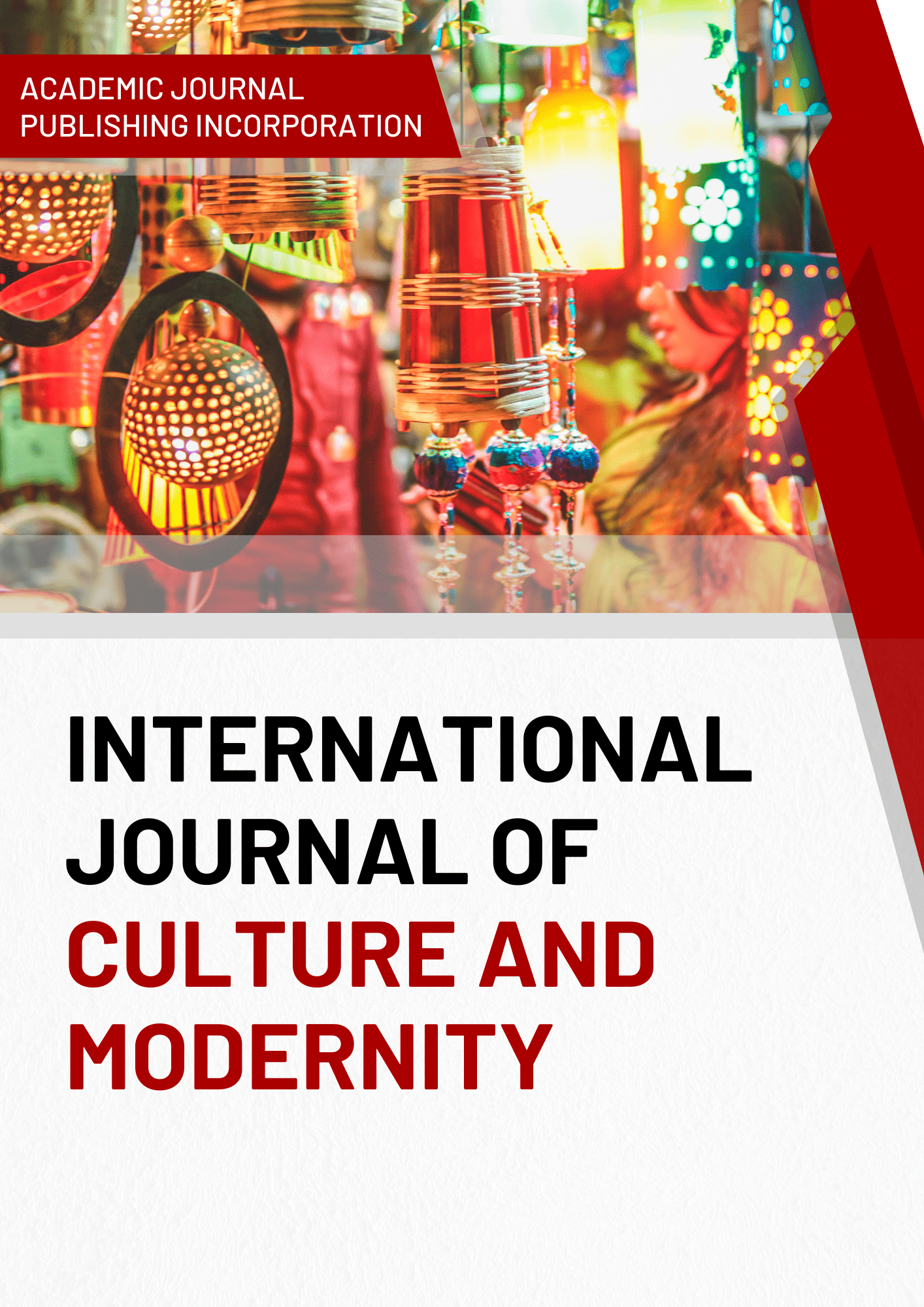Construction Grammar: Disciples and Followers
DOI:
https://doi.org/10.51699/ijcm.v23i.434Keywords:
construction, collostruction, argument structureAbstract
The present study is related to the linguistic description of special units in language: constructions or collostructions. They are characterized as not simple, since they consist of several simpler units, but function as a single whole.
Achievements in this field can no longer be ignored – they have to be included in all linguistic theories, regardless of the initial postulates, accepting that the facts require recognition of the closest connection between form and meaning. For this reason, I think it is necessary to mention about Construction Grammar. On the other hand, the philosophy of corpus-based approach envisages well in the framework of the Construction Grammar.
The concern will be about different concepts, descriptions, and theories of language in Conctruction Grammar. The theory of the Construction Grammar (abbreviated CxG or CG) was suggested at the end of 80s – it was from the time when this term began to appear in the lectures and public speeches. The founder of CG is a linguist Charles Fillmore, who generally writes a little and has practically no books. Therefore, information about CG mainly comes from his followers and students, who devoted their work to one or another aspect of the theory, or from his own short articles presenting its specific results, that is, descriptions of individual English language constructions, cf.eg Croft 2001; Fried, Östman (eds.) 2004: Fried, Boas(eds) 2005; Goldberg 1995, etc.
References
Biber, D., Conrad, S &Reppen, R. (1998). Corpus Linguistics: Investigating Language Structure and Use. Cambridge: Cambridge University Press.
Biber, D., Johansson, S, Leech, G, Conrad, S &Finegan, E. (2006). Longman Grammar of Spoken and Written English. Harlow: Longman.
Croft, W. (2001). Radical Construction Grammar: Syntactic Theory in Typological Perspective. Oxford: Oxford University Press.
Erteschik-Shir, N. (1979). Discourse Constraints on Dative Movement. T. Givón (ed.) Discourse and Syntax: Syntax and Semantics. New York, San Diego & London: Academic Press, 441—487.
Fillmore, Ch. J. (1986). Varieties of conditional sentences. Proceedings of the Third Eastern States Conference on Linguistics. Columbus, Ohio: Ohio State University, Department of Linguistics, 163—182.
Fillmore, Ch. J. (1988). The mechanisms of Construction Grammar. Proceedings of the Annual Meeting of the Berkeley Linguistics Society 14, 35—55.
Fried, M & Boas, H.S. (2005). Grammatical Constructions: Back to the Roots. Amsterdam: John Benjamins.
Fried, M &Östman, J. (eds.). (2004). Construction Grammar in a Cross Language Perspective. Amsterdam: John Benjamins.
Goldberg, A. (1995). Constructions:A Construction Grammar Approach to Argument Structure. Chicago: University of Chicago Press.
Gries, S. Th &Stefanowitsch, A. (2003). Collostructions: Investigating the interaction of words and constructions. International Journal of Corpus Linguistics. 8(2), 209-243. John Benjamins Publishing.
Gries, S. Th &Stefanowitsch, A. (2004). Extending collostructional analysis: a corpus-based perspective on 'alternations'. International Journal of Corpus Linguistics 9(1), 97—129.
Gropen, J., Pinker, S, Hollander, M, Goldberg, R & Wilson, R. (1989). The learnability and acquisition of the dative alternation in English Language, 65(2), 203—257.
Leech, G., Hundt, M, Mair, Ch & Smith, N. (2010). Change in Contemporary English: A Grammatical Study. Cambridge: Cambridge University Press.
Pinker, S. (1989). Learnability and Cognition: The Acquisition of Argument Structure. Cambridge, MA: MIT Press.
Quirk, R., Greenbaum, S, Leech, G, Svartvik, J & Crystal, D. (1985). A Comprehensive Grammar of the English Language. London: Longman.
Wilkins, D. (1972). Linguistics in Language Teaching. Cambridge, MA: MIT Press.
Sobirova, F.U. (2022) A Corpus-Based Study of Near Synonyms: Should and Have To. European Journal of Business Startups and Open Society.






